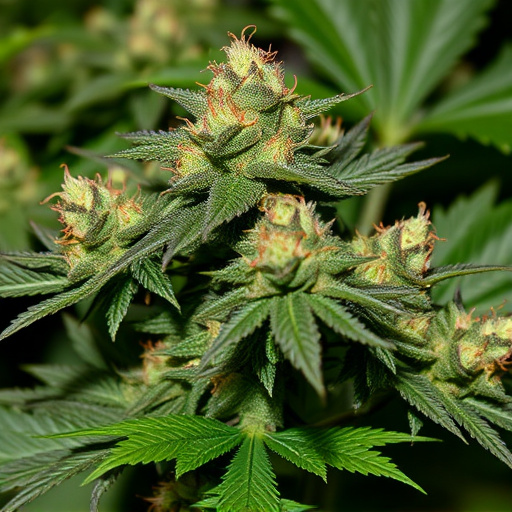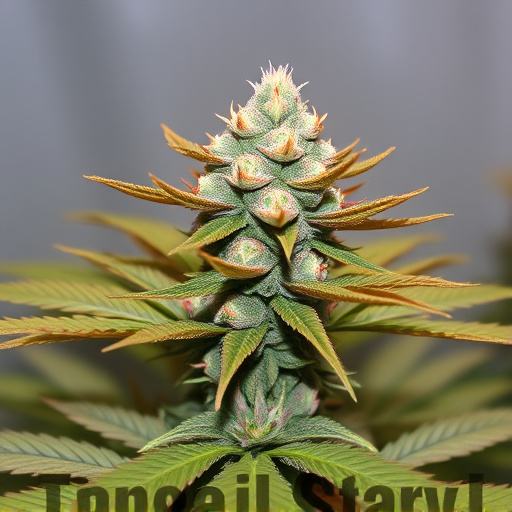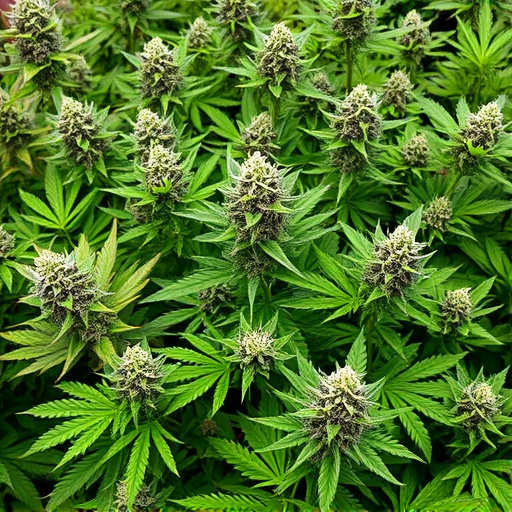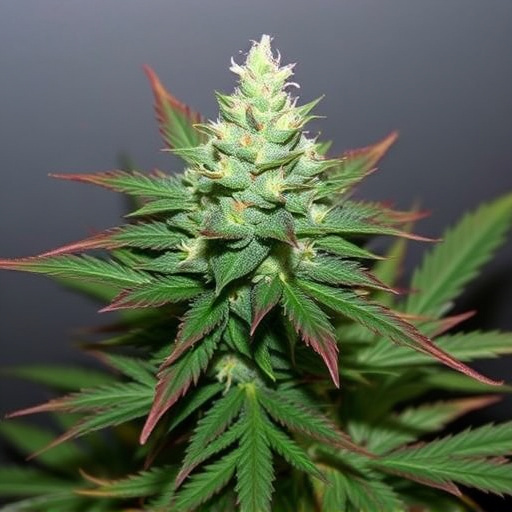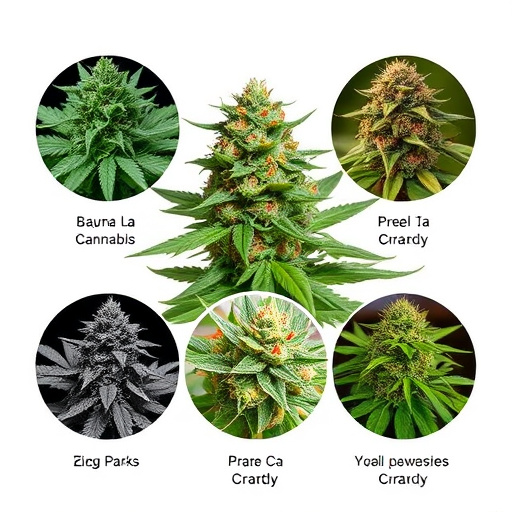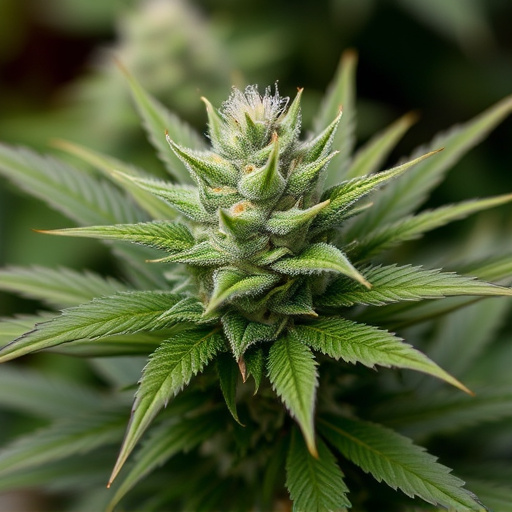The detectability of cannabis in your system varies based on strain composition, usage frequency, metabolism, and consumption methods. Top cannabis strains differ in detectability times, with Indica varieties being less detectable after shorter periods and Sativa strains potentially remaining positive longer due to higher THC levels. Regular users may have lower detectability due to tolerance, while occasional consumers could test positive for extended durations. Testing methods vary in sensitivity and detection windows, ranging from a few days to several months, with no universal cleansing method.
“Unraveling the duration cannabis remains detectable in your system is crucial for both casual users and those in legal medical programs. The retention time varies widely depending on several factors, including strain potency, frequency of use, metabolism, and body mass. This article delves into these influences, explores reliable testing methods, and offers insights into cleansing strategies to help you understand how long top cannabis strains’ effects might linger.”
- Factors Influencing Cannabis Retention Time
- Testing Methods and Their Accuracy
- Individual Variability and Cleansing Strategies
Factors Influencing Cannabis Retention Time
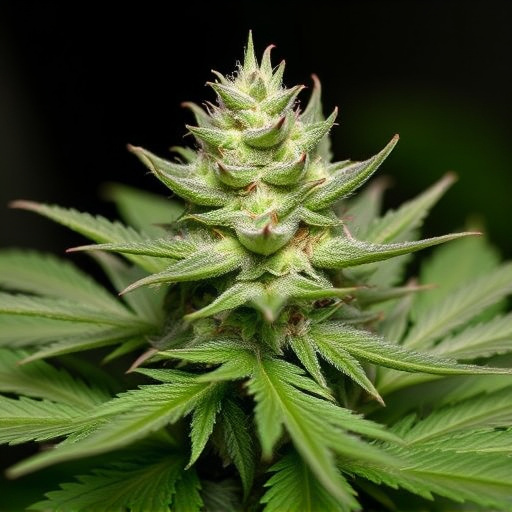
The time cannabis remains detectable in your system varies based on several factors, including the type or strain used. Different top cannabis strains have varying chemical compositions and potencies, which significantly impact how long their effects and residual compounds stick around. For instance, Indica strains are known for their sedating properties and often contain higher levels of myrcene, a terpene linked to shorter retention times. In contrast, Sativa varieties, with their energizing effects, might have higher concentrations of tetrahydrocannabinol (THC) and other cannabinoids that can extend the period of detectability.
Other influences include frequency of use, individual metabolism, and method of consumption. Regular users may experience shorter retention periods due to built-up tolerance, while occasional consumers could test positive for longer durations. The way cannabis is consumed also plays a role; edibles, for example, are metabolized differently than smoked or vaped forms, potentially leading to extended detection times in urine or blood tests.
Testing Methods and Their Accuracy
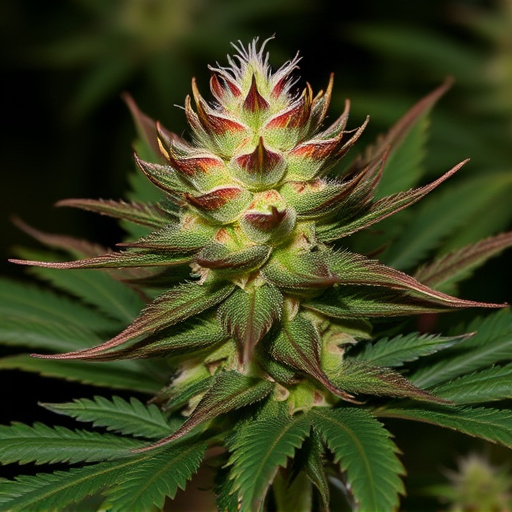
The accuracy of testing methods plays a crucial role in determining how long cannabis remains detectable in an individual’s system. Traditional urine tests, often used in drug screening, can detect cannabinoids for up to 30 days after consumption, but this varies based on frequency and amount of use. Blood tests offer more precise results, with detection windows ranging from a few days to several weeks, depending on the specific cannabinoid and metabolism rates. Hair follicle testing is another method gaining popularity among top cannabis strains users; it can detect usage dating back several months, making it an especially reliable indicator for long-term consumption. Each testing method has its strengths and weaknesses, with some offering more comprehensive profiles of cannabis metabolism, providing a clearer picture of duration and intensity of use.
Individual Variability and Cleansing Strategies

The duration cannabis remains detectable in your system varies greatly among individuals, influenced by several factors. These include metabolism, body weight, frequency of use, and the type or “top cannabis strains” consumed. Generally, THC, the primary psychoactive compound, can be detected in urine for up to 30 days after consumption, but this timeline is not set in stone.
While some methods claim to offer quick cleansing, there’s no one-size-fits-all approach. Cleansing strategies often involve increasing water intake, adopting a balanced diet, and engaging in regular physical activity. These practices may aid in speeding up the metabolism and elimination of cannabis compounds but cannot guarantee a specific timeframe for removal, especially for heavy users or those with slower metabolisms.
Understanding how long cannabis remains detectable in your system is crucial, especially for those considering its medical or recreational use. Several factors, including metabolism, frequency of use, and the type or ‘top cannabis strains’ consumed, influence retention time. Testing methods vary in accuracy, with advanced techniques offering more precise results. Individual variability plays a significant role, highlighting the importance of personalized cleansing strategies to manage cannabis metabolites in the body. Staying informed about these factors empowers users to make educated decisions regarding their cannabis consumption and its potential impact on drug testing outcomes.

